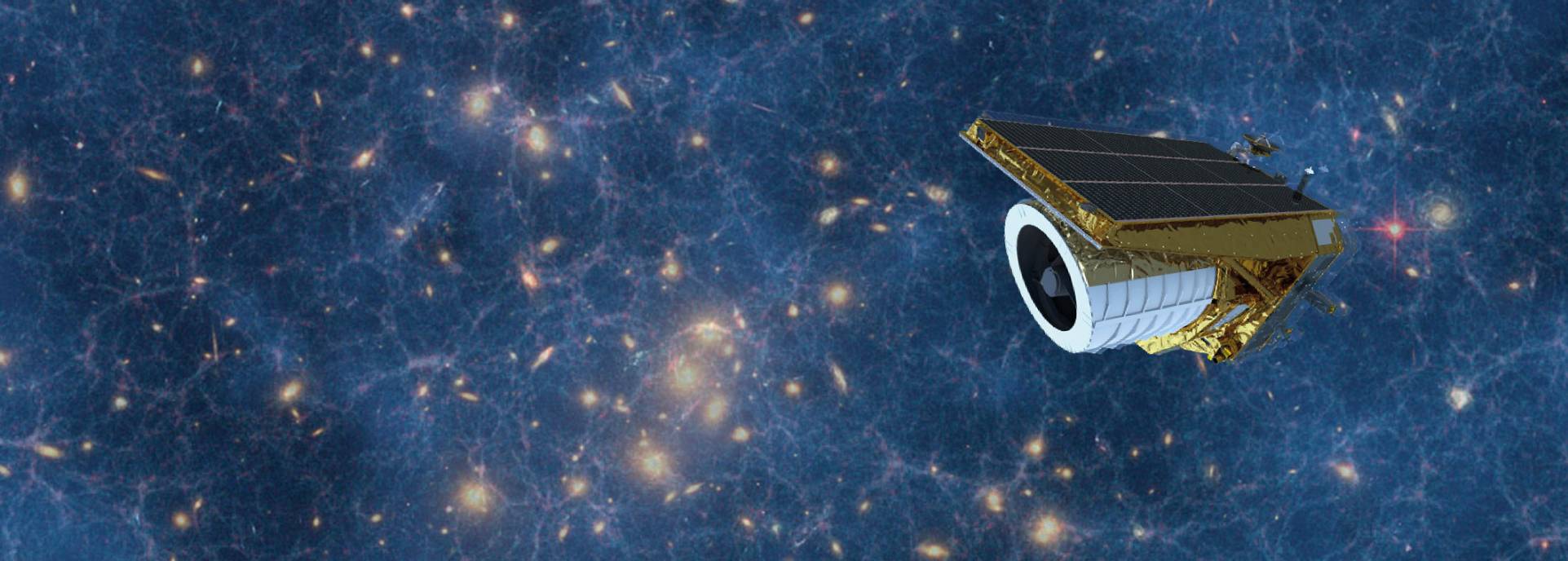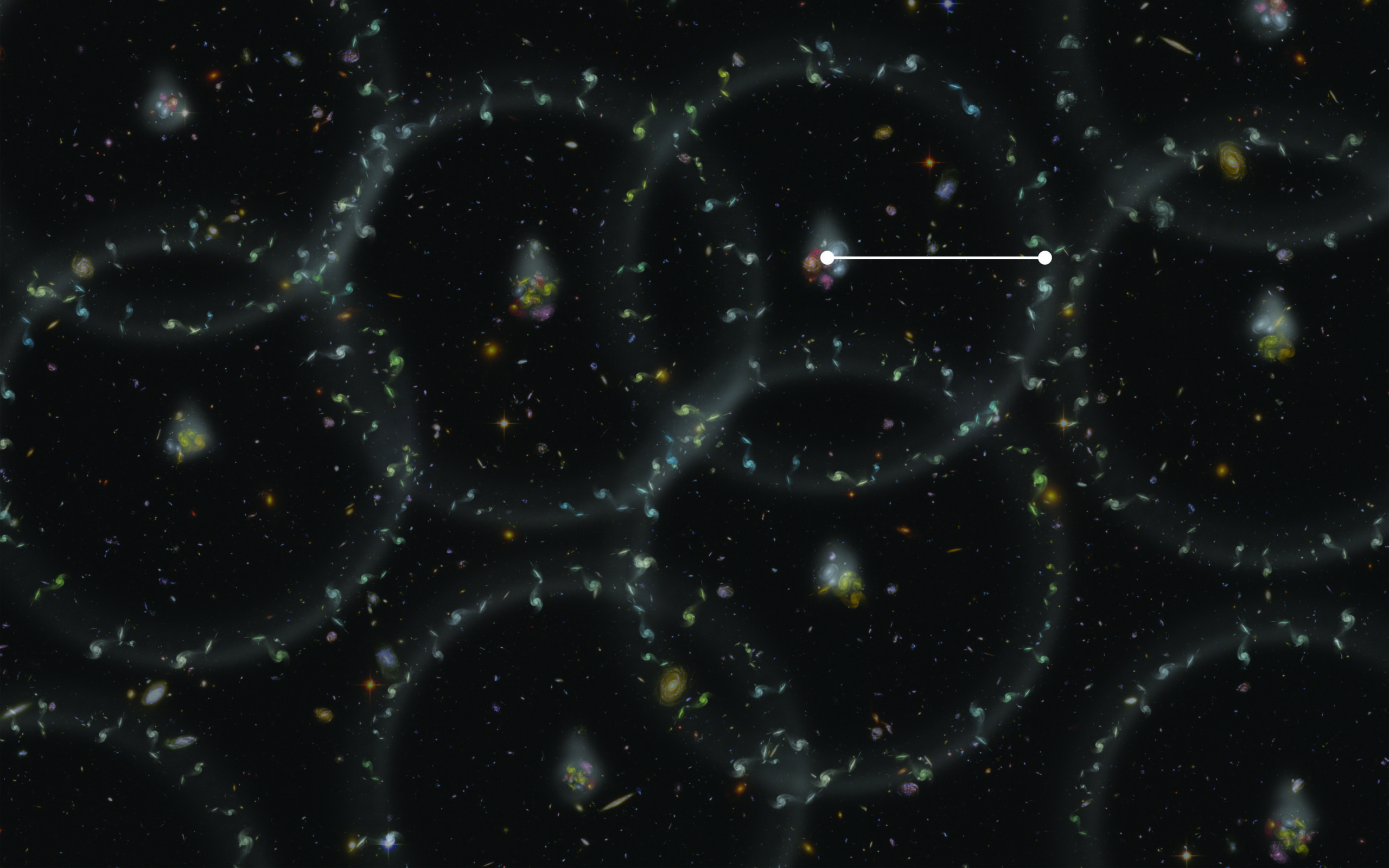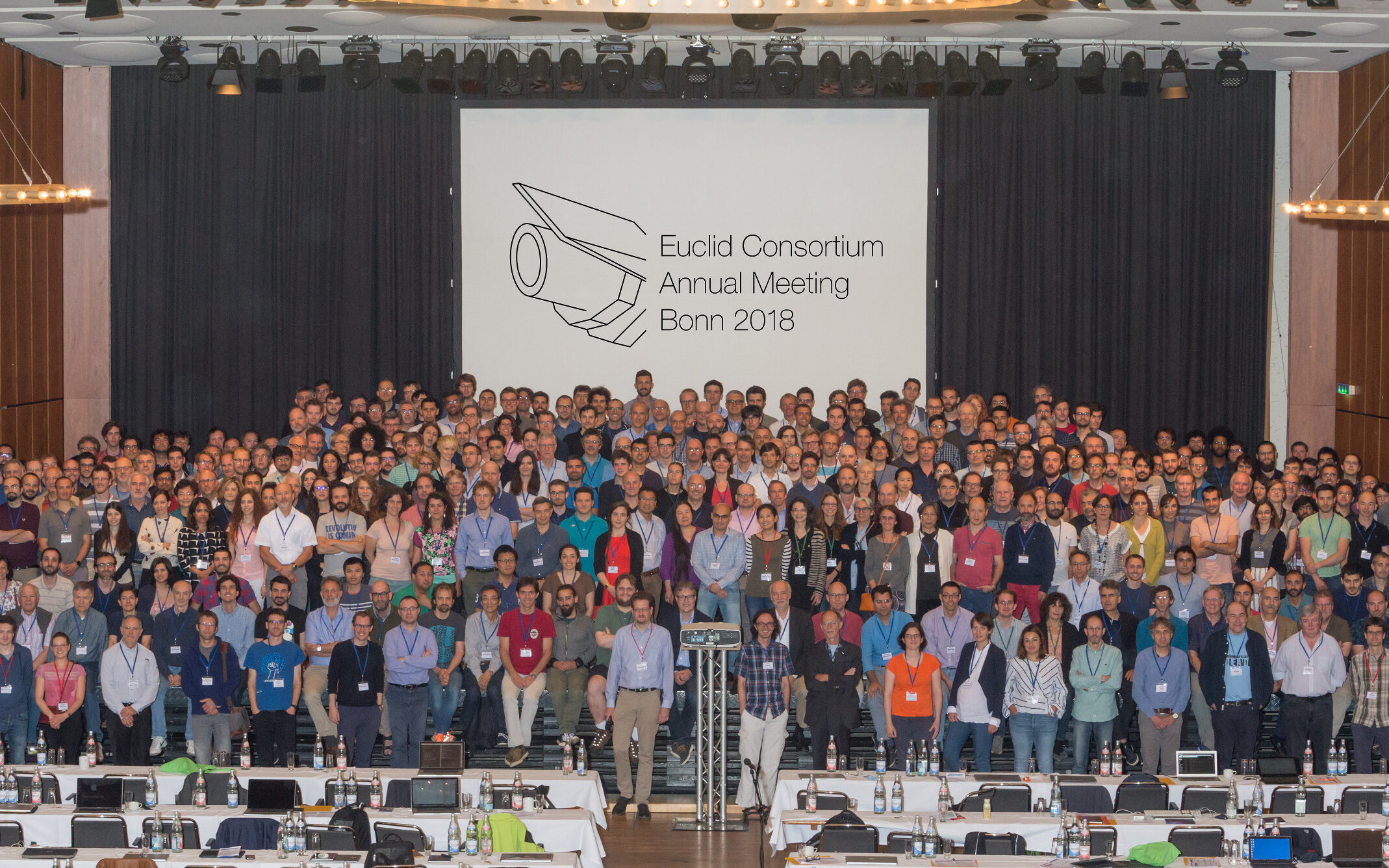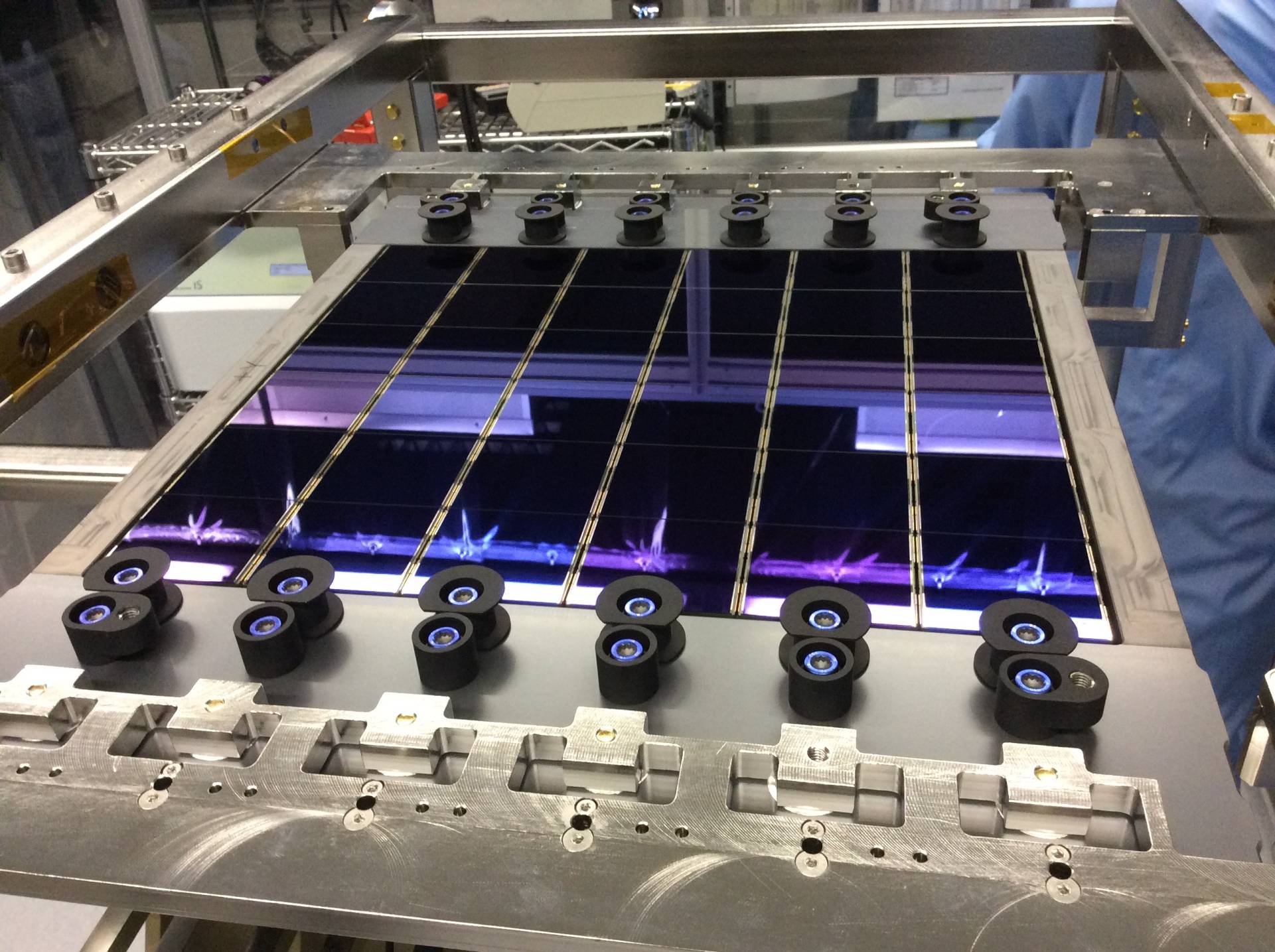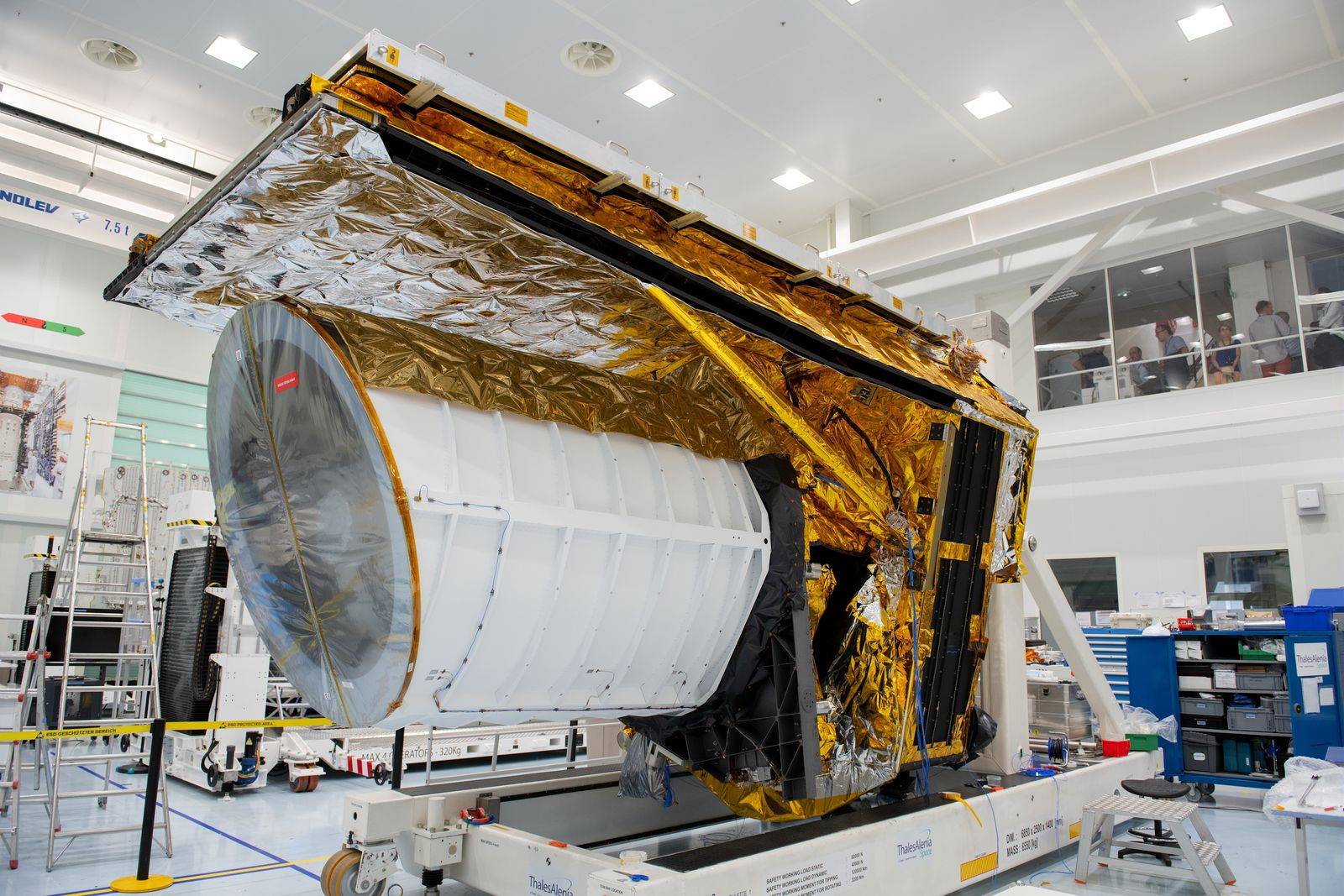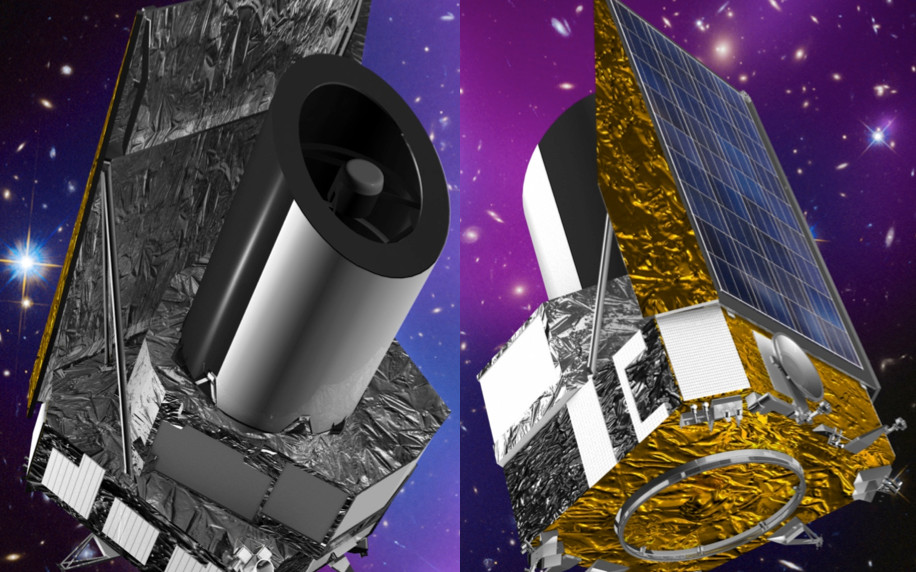
Jointly with ESA the Euclid Consortium has been planning, constructing and will be running the Euclid Dark Universe mission, that has been launched on 1 July 2023. Mapping the extragalactic sky over 6+ years will provide unprecedented data to give new insight on the nature of dark energy and dark matter.
For Scientists
The EC has collected fundamental mission information, documentation, as well as all info on data and data access in our dedicated section For Scientists.
The Consortium
The Euclid Consortium consists of ~2500 scientists and engineers across 15+ countries. The Consortium section contains information for current and prospective EC members.

